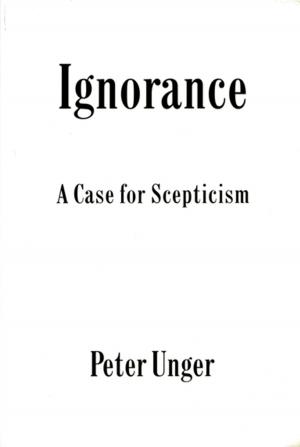The Foundations of International Investment Law
Bringing Theory into Practice
Nonfiction, Reference & Language, Law, Commercial, International| Author: | ISBN: | 9780191508585 | |
| Publisher: | OUP Oxford | Publication: | May 1, 2014 |
| Imprint: | OUP Oxford | Language: | English |
| Author: | |
| ISBN: | 9780191508585 |
| Publisher: | OUP Oxford |
| Publication: | May 1, 2014 |
| Imprint: | OUP Oxford |
| Language: | English |
International investment law is one of the fastest growing areas of international law. It has led to the signing of thousands of agreements, mostly in the form of investment contracts and bilateral investment treaties. Also, in the last two decades, there has been an exponential growth in the number of disputes being resolved by investment arbitration tribunals. Yet the legal principles at the basis of international investment law and arbitration remain in a state of flux. Perhaps the best illustration of this phenomenon is the wide disagreement among investment tribunals on some of the core concepts underpinning the regime, such as investment, property, regulatory powers, scope of jurisdiction, applicable law, or the interactions with other areas of international law. The purpose of this book is to revisit these conceptual foundations in order to shed light on the practice of international investment law. It is an attempt to bridge the growing gap between the theory and the practice of this thriving area of international law. The first part of the book focuses on the 'infrastructure' of the investment regime or, more specifically, on the structural arrangements that have been developed to manage foreign investment transactions and the potential disputes arising from them. The second part of the book identifies the common conceptual bases of an array of seemingly unconnected practical problems in order to clarify the main stakes and offer balanced solutions. The third part addresses the main sources of 'regime stress' as well as the main legal mechanisms available to manage such challenges to the operation of the regime. Overall, the book offers a thorough investigation of the conflicting theoretical positions underlying international investment law, testing their worth by reference to concrete issues that have arisen in the jurisprudence. It demonstrates that many of the most important practical questions arising in practice can be addressed by a carefully dosed resort to theory.
International investment law is one of the fastest growing areas of international law. It has led to the signing of thousands of agreements, mostly in the form of investment contracts and bilateral investment treaties. Also, in the last two decades, there has been an exponential growth in the number of disputes being resolved by investment arbitration tribunals. Yet the legal principles at the basis of international investment law and arbitration remain in a state of flux. Perhaps the best illustration of this phenomenon is the wide disagreement among investment tribunals on some of the core concepts underpinning the regime, such as investment, property, regulatory powers, scope of jurisdiction, applicable law, or the interactions with other areas of international law. The purpose of this book is to revisit these conceptual foundations in order to shed light on the practice of international investment law. It is an attempt to bridge the growing gap between the theory and the practice of this thriving area of international law. The first part of the book focuses on the 'infrastructure' of the investment regime or, more specifically, on the structural arrangements that have been developed to manage foreign investment transactions and the potential disputes arising from them. The second part of the book identifies the common conceptual bases of an array of seemingly unconnected practical problems in order to clarify the main stakes and offer balanced solutions. The third part addresses the main sources of 'regime stress' as well as the main legal mechanisms available to manage such challenges to the operation of the regime. Overall, the book offers a thorough investigation of the conflicting theoretical positions underlying international investment law, testing their worth by reference to concrete issues that have arisen in the jurisprudence. It demonstrates that many of the most important practical questions arising in practice can be addressed by a carefully dosed resort to theory.















